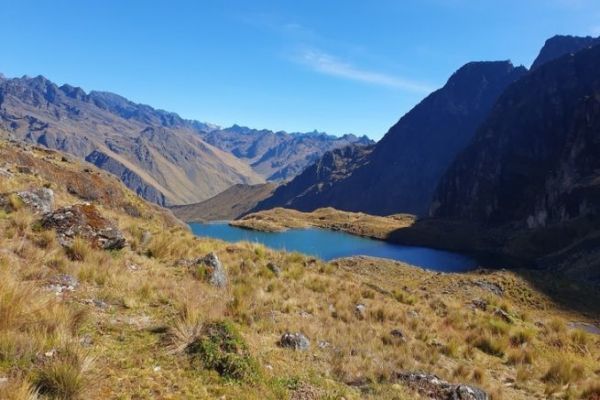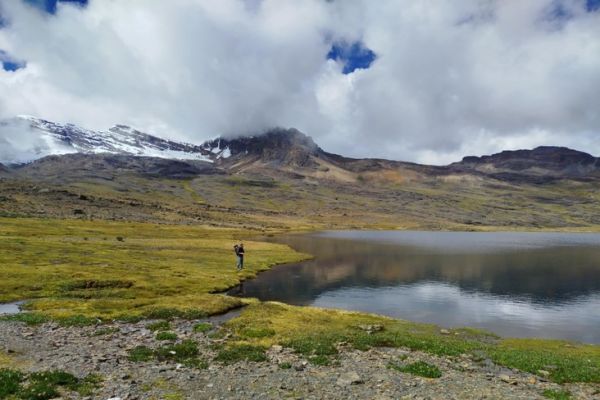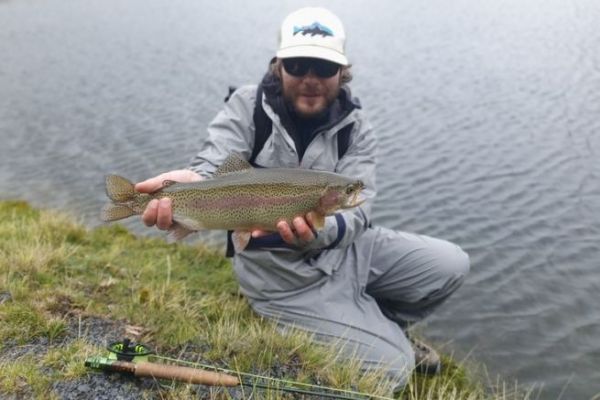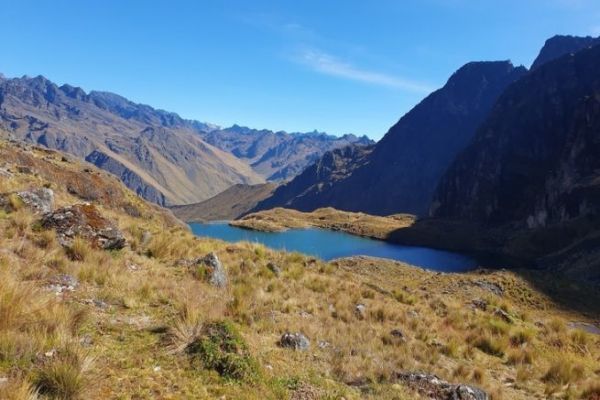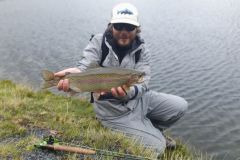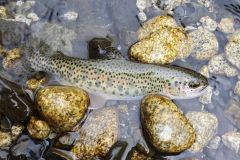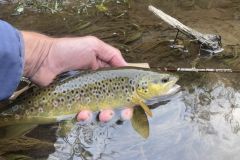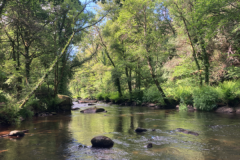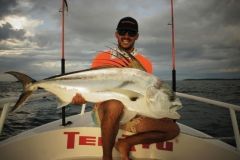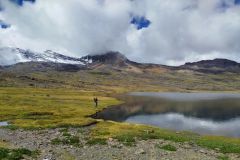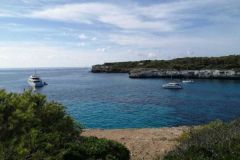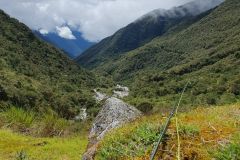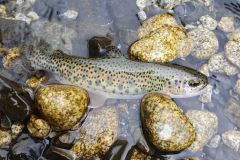Canes
Fishing often takes place at altitudes of over 4,000 m. Climatic conditions are often changeable and can be extreme. The wind can pick up quickly, and it is often necessary to cast against it. What's more, it's sometimes important to be able to cast at long distances (25 m or more). For these reasons, I like to use a 9'5 rod, 6/7 line. The power of this rod makes it possible to fish in almost all conditions. Although this may seem oversized for trout fishing, it should not be forgotten that it is possible to encounter fish weighing 4 kg or more. These giant trout are capable of impressive starts and of taking more than 10 m of backing on the first rush. A powerful rod will enable you to keep a certain control over these fish.
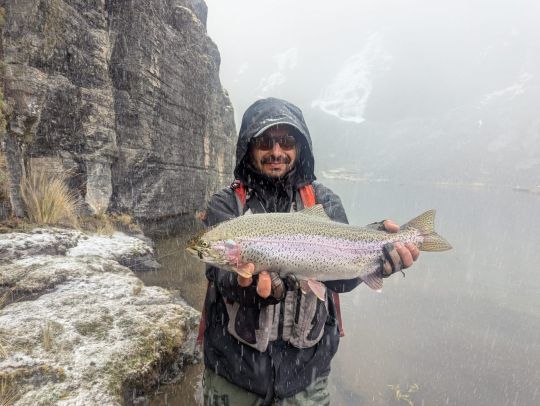
The reel
A reel capable of holding several dozen metres of backing, as well as a 6 or 7 line with a precise drag, is essential. As mentioned earlier, these trout are capable of impressive starts. A good drag helps keep the fight under control.
Bristles
It's often necessary to cast far, in sometimes difficult weather conditions. That's why I prefer to use WF profiles. It's also interesting to use different densities for different lakes and conditions.
I recommend three types of line: a floating line, an intermediate line and an S3 or S4 sinking line. Although some very deep lakes may require heavier sinking lines, these three lines cover most fishing conditions. I'd add that it's better to use neutral-coloured lines rather than the classic fluorescent ones. Indeed, waters are often very clear and a yellow or orange fluorescent line can be seen from far away, which can scare fish away.
Bottom line
Here, there's no need for finesse. For my tips, I don't use diameters smaller than 20 hundredths. In these lakes, fishing pressure is low, or even non-existent, and the fish can reach great size. What's more, some lakes have highly-developed aquatic vegetation, where trout like to take refuge during fights. It is therefore important to have a leader capable of withstanding high pressure and extracting fish from the weed beds. Even when fishing with such strong equipment, I lost many large fish.
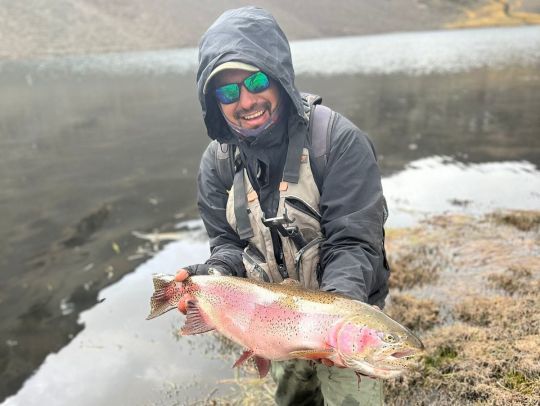
Flies
There are a multitude of flies of all kinds, and it's often easy to get lost in them. As with river fishing, I keep my rigs simple: a few gammare and pheasant tail nymphs in various sizes, zonkers and woolly buggers, plus a few dries cover most fishing conditions. Here too, dark colors are generally more effective than light ones. The black woolly bugger is an indispensable streamer for fishing these lakes.
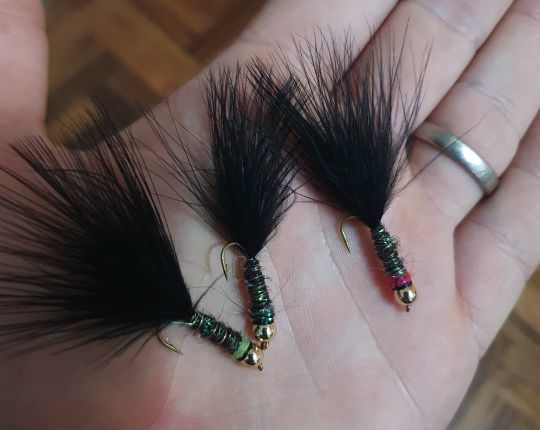
Fly fishing in the Altiplano lakes requires equipment adapted to the sometimes extreme conditions and powerful fish that can be encountered. A solid rod, a reliable reel and sturdy leaders make all the difference. Not forgetting a few simple but effective flies. With this type of equipment, you're ready to face the wind, and the magnificent trout that populate the Bolivian highlands...

 /
/ 